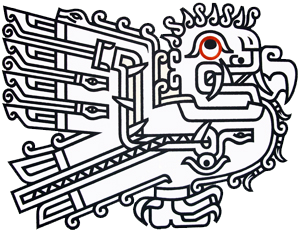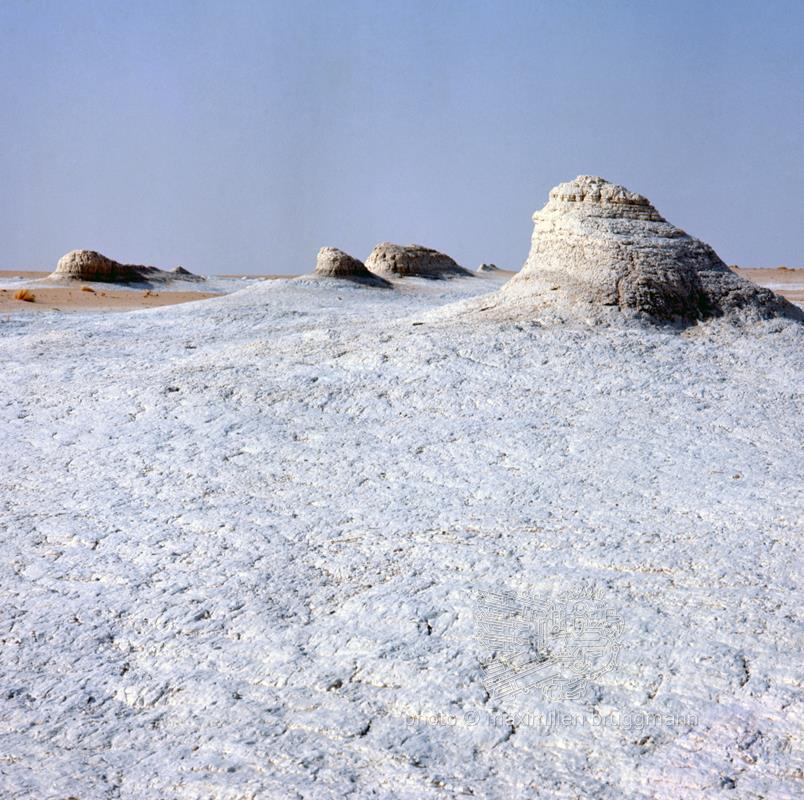Description
In reality, the Sahara can be crossed like a sea. In the true sense of the word, it is "ocean sailing". The immense expanses of sand wrinkled by a perpetual wind, as well as the dreary plateaus strewn endlessly with burnt rocks, offer no landmarks safe enough to go from one oasis to another without the risk of getting lost. It is therefore with a compass and a map that one must advance. Moreover, in this almost perfect desert, where parsimonious wells deliver only a rare and not always drinkable water, a surprise awaits the traveller; in innumerable places, he sees, scattered on the ground, the testimonies of an intense lacustrine life: bones of hippopotamuses or crocodiles, bones of enormous fishes, shells of molluscs. And if it were necessary to confirm the reality of the facts, we would have to reflect on the significance of the gigantic diatomite deposits, such as those of the Chadian Djourab (8), formed by the microscopic siliceous skeletons of infinitesimally small people who lived in large lakes that were drying up two or three thousand years ago, but which were still in high water four or five thousand years earlier. - Chad - 1967
Description
In reality, the Sahara can be crossed like a sea. In the true sense of the word, it is "ocean sailing". The immense expanses of sand wrinkled by a perpetual wind, as well as the dreary plateaus strewn endlessly with burnt rocks, offer no landmarks safe enough to go from one oasis to another without the risk of getting lost. It is therefore with a compass and a map that one must advance. Moreover, in this almost perfect desert, where parsimonious wells deliver only a rare and not always drinkable water, a surprise awaits the traveller; in innumerable places, he sees, scattered on the ground, the testimonies of an intense lacustrine life: bones of hippopotamuses or crocodiles, bones of enormous fishes, shells of molluscs. And if it were necessary to confirm the reality of the facts, we would have to reflect on the significance of the gigantic diatomite deposits, such as those of the Chadian Djourab (8), formed by the microscopic siliceous skeletons of infinitesimally small people who lived in large lakes that were drying up two or three thousand years ago, but which were still in high water four or five thousand years earlier. - Chad - 1967





